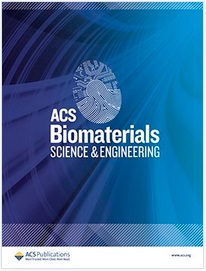MXenes are a novel family of 2D materials, which are extensively investigated for common use in energy storage systems, nanoelectronics, and electromagnetic shielding. Although their unique physicochemical properties render their wide applicability, their cytotoxic response and safety use still remain a concern. From this perspective, it is imperative to perform an in vitro investigation of the influence of different forms of MXenes and their precursors on the human cell lines. Therefore, we prepared a selection of multi-, few-, and single-layered Ti3C2Tx, as well as TiC, Ti2AlC, and Ti3AlC2, and as recently indicated in nanomaterials safety field, we fully characterized their morphology and size (electron microscopies, atomic force microscopy and dynamic light scattering), purity (Raman spectroscopy and X-ray powder diffraction), as well as surface charge (zeta potential). Then, we investigated and compared several biological effects (cytotoxicity, membrane permeability, reactive oxygen stress, and mechanical stress) induced by MXenes, TiC, and parental MAX phases on the human fibroblasts (MSU1.1) and cervical cancer cells (HeLa), as model cells differing by their tumorigenicity. The analyses revealed that exposure to higher concentrations (≥400 μg/mL) of TiC, Ti2AlC, and Ti3AlC2 particles with the sizes <44 μm could be harmful, inducing a significant cytotoxic effect via oxidative and mechanical stress generation. All of the Ti3C2Tx forms remained safe to MSU1.1 cells with only slight cytotoxic behavior in the highest concentration regime. The cytotoxic behavior was also cell-type dependent, with higher cytotoxicities observed for cells of cancer origin. Finally, the cell response toward multilayered MXenes in an in vitro system, using scanning electron microscopy was depictured. Our work increases understanding of the safe use of MXene materials and points toward their possible use in fields spanning from energy storage systems to medical devices.

